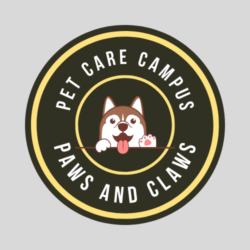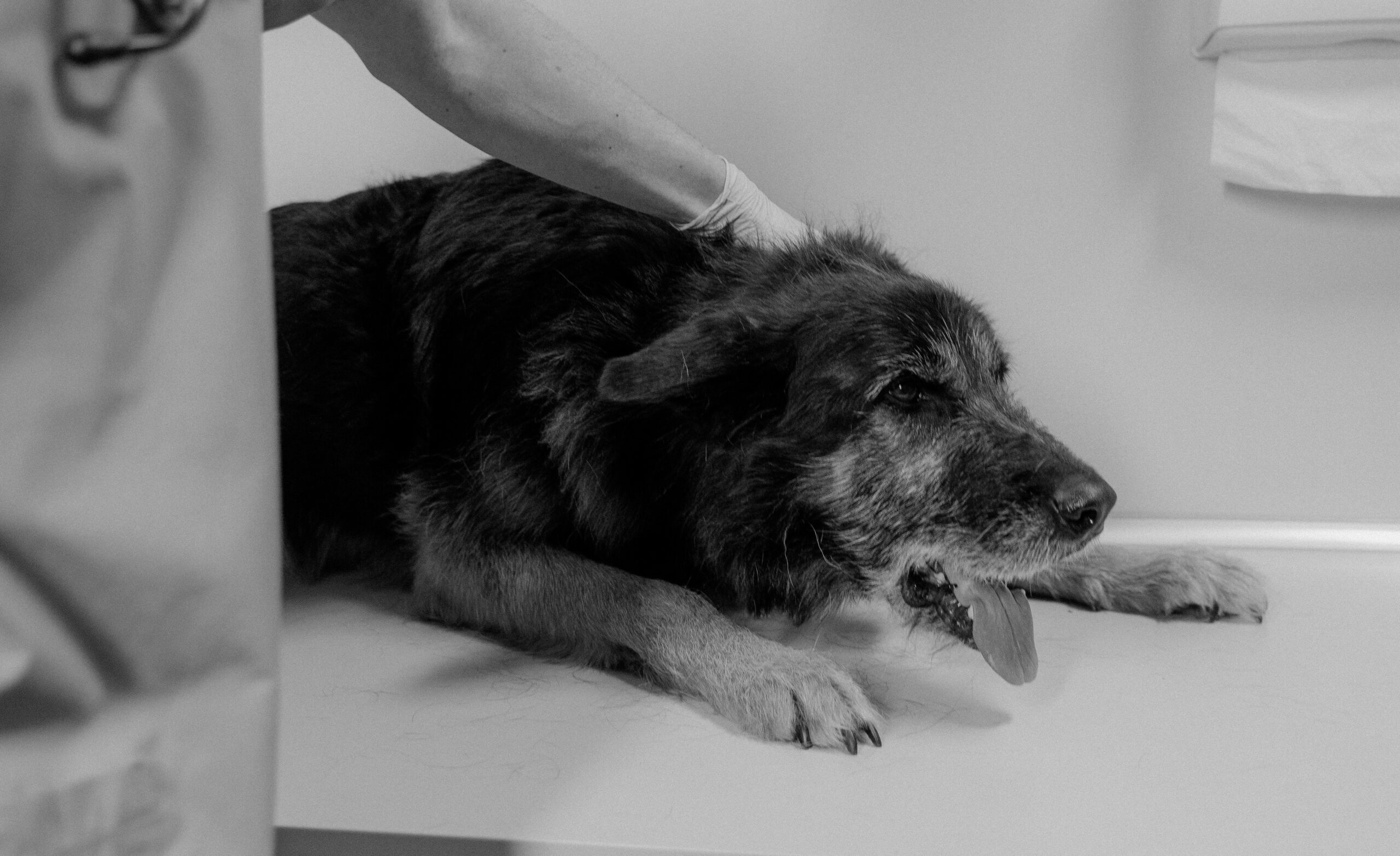How to Deal with Cat Eye Infections: Guide for Pet Owners.
Cat eye infections are a common problem among pet owners. They can cause discomfort and even lead to serious health problems if left untreated. Fortunately, there are steps you can take to prevent these eye infections from occurring in the first place in order to provide your cat a healthy lifestyle.
In this article, we’ll explore the causes, treatment, and prevention of cat eye infections, as well as the risks associated with them.
Causes of Cat Eye Infections
There are several factors that can contribute to the development of cat eye infections. Some of the most common causes include:
- Bacterial or viral infections: These can be spread through contact with infected cats or contaminated objects, such as food bowls or litter boxes.
- Environmental irritants: Dust, pollen, and other airborne particles can irritate your cat’s eyes and lead to infection.
- Allergies: Cats can be allergic to a variety of substances, including certain foods, plants, and medications. Allergic reactions can cause eye infections as well as other health problems.
Treatment for Cat Eye Infections
If your cat develops an eye infection, it’s important to seek veterinary care right away. Your vet can diagnose the problem and recommend appropriate treatment, which may include:
- Antibiotics: These medications can help fight bacterial infections and prevent them from spreading.
- Antiviral medications: If the infection is caused by a virus, antiviral medications may be prescribed.
- Eye drops or ointments: These can help soothe your cat’s eyes and reduce inflammation.
- Warm compresses: Applying a warm, damp cloth to your cat’s eyes can help relieve discomfort and promote healing.
It is recommended to visit a pet’s doctor for better medication.
Preventing Cat Eye Infections
Prevention is key when it comes to cat eye infections. Here are some steps you can take to keep your cat’s eyes healthy:
- Keep the litter box clean: A dirty litter box can harbor bacteria and other harmful substances that can lead to infection.
- Wash your cat’s bedding regularly: This can help reduce the amount of bacteria and other irritants in your cat’s environment.
- Use a high-quality cat food: A well-balanced diet can help boost your cat’s immune system and reduce the risk of infection.
- Keep your cat indoors: Outdoor cats are more likely to come into contact with infected animals and environmental irritants.
Risks Associated with Cat Eye Infections
If left untreated, cat eye infections can lead to serious health problems, such as vision loss or even blindness. In addition, some infections can spread to other parts of the body and cause more severe illness.
Conclusion
By taking steps to prevent cat eye infections, you can help keep your feline friend healthy and happy. If your cat does develop an eye infection, seek veterinary care right away to ensure prompt diagnosis and treatment. With proper care and attention, you can help ensure that your cat’s eyes stay clear, bright, and infection-free.









